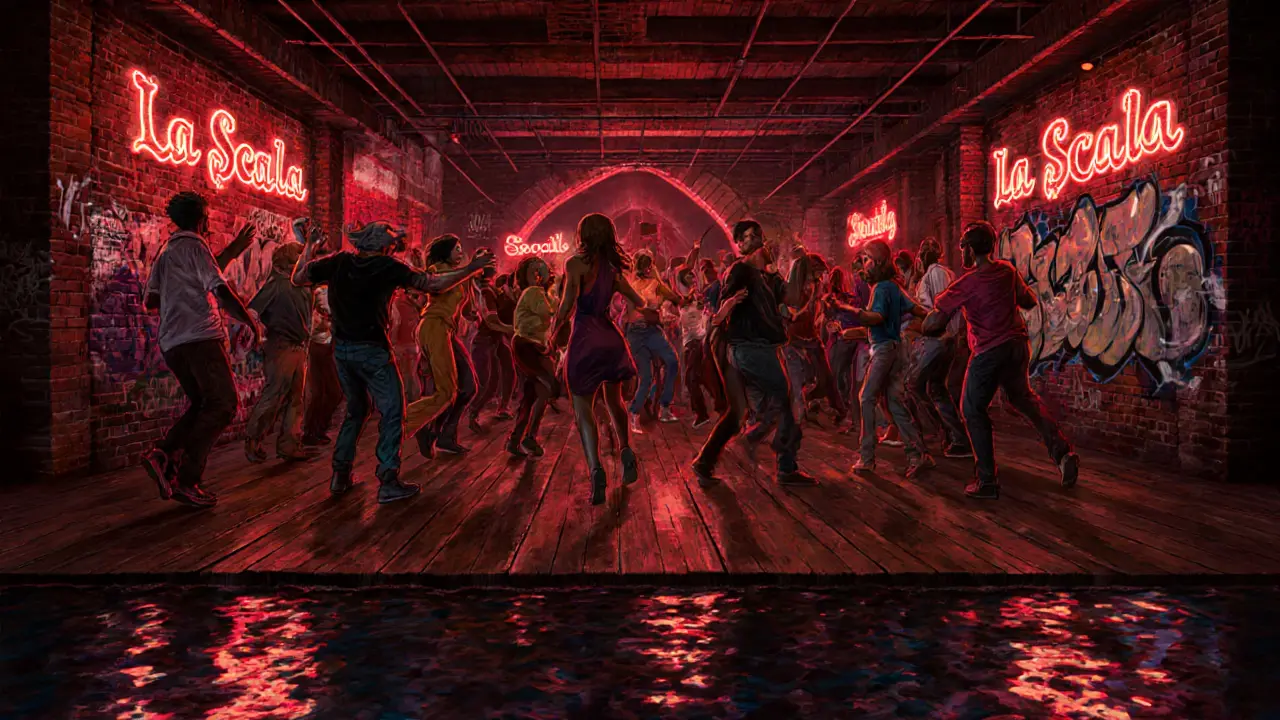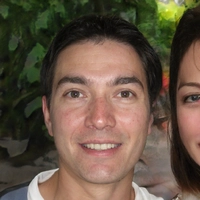Milan doesn’t just sleep when the sun goes down. By 9 p.m., the city’s streets buzz with people in stylish outfits, clinking glasses, and laughing under string lights. This isn’t just a city that knows how to work-it knows how to play. And if you’re looking for real nightlife, not tourist traps, you need to know where to go.
Where the locals go after work: Aperitivo culture
Aperitivo isn’t just a drink. It’s a ritual. Starting around 6:30 p.m., Milanese workers flood into bars in Brera, Navigli, and Porta Venezia. For €10-€15, you get a cocktail-usually a Spritz, Negroni, or Americano-and a buffet of snacks that rivals a dinner spread. Think arancini, stuffed mushrooms, fresh cheeses, cured meats, and even mini lasagna. This isn’t a happy hour. It’s a full-on food experience.
Bar Basso in the city center started the Negroni Sbagliato in the 1970s and still draws crowds. But locals swear by Bar Basso’s quieter cousin, Bar Basso in Brera, where the bartenders remember your name and the music is jazz, not EDM. Don’t show up before 7 p.m.-you’ll miss the vibe.
Clubs that actually matter: Navigli and Porta Ticinese
If you want to dance until 4 a.m., head to Navigli. This canal-side district transforms after dark. The area between Via Tortona and Via Giuseppe Pecoraro is packed with clubs that don’t care about dress codes, just energy. La Scala isn’t the opera house-it’s a warehouse-turned-club with a basement that plays underground techno. No signs. Just follow the bass.
Then there’s Magazzini Generali, a former industrial space turned cultural hub. On weekends, it hosts live electronic sets, art installations, and DJs from Berlin and London. The crowd? Designers, artists, students, and expats. No VIP sections. No bouncers checking your ID twice. Just good music and a crowd that’s there to move, not to be seen.
For something more intimate, try Teatro del Buratto in Porta Ticinese. It’s not a club-it’s a basement bar with a turntable, mismatched chairs, and a jukebox full of 80s Italian pop. You’ll hear Mina, Ligabue, and even a little Daft Punk. It’s the kind of place where strangers end up dancing together by midnight.
Hidden gems: Rooftops and speakeasies
Milan’s skyline is full of secrets. Head to the top of the Hotel Milano Scala for a rooftop bar with a view of the Duomo. The drinks are expensive, but the sunset over the cathedral is worth it. Order a gin and tonic with lavender syrup and watch the city lights flicker on.
For something more mysterious, find La Cucina del Vino. No sign. Just a red door near Piazza del Duomo. Knock three times. A bartender will peek out. If you look like you know what you’re doing, you’re in. Inside, it’s candlelit, wine bottles line the walls, and the cocktails are made with Italian herbs and house-infused spirits. They don’t have a menu-you tell them your mood, and they create one for you.

What not to do: Tourist traps and overpriced zones
Stay away from the area around Piazza del Duomo after 10 p.m. The bars there charge €20 for a soda. The music is loud, the crowd is loud, and the vibe is fake. Same goes for the clubs near Corso Buenos Aires. They’re designed for groups of tourists who want to say they “went out in Milan.” You won’t meet locals. You won’t feel the pulse of the city.
Also, don’t expect to find American-style nightclubs. Milan doesn’t do bottle service. No VIP rooms with velvet ropes. No DJs spinning Top 40 hits. The music is curated. The drinks are crafted. The energy is quiet, then explosive.
When to go: Timing matters
Milan’s nightlife runs on Italian time. Bars open at 7 p.m. for aperitivo. Clubs don’t fill up until after midnight. Most people don’t even start dancing until 1 a.m. If you show up at 10 p.m., you’ll be one of the first there-and you’ll miss the real energy.
Weekends are packed. Friday and Saturday nights are when the city truly comes alive. But if you want a better experience, go on a Thursday. The crowds are smaller, the drinks are cheaper, and the DJs are often testing new sets. You’ll get the same vibe without the line outside.

How to get around: No cars, just walking
Milan’s nightlife districts are close. Brera to Navigli is a 20-minute walk. Porta Venezia to the Duomo is 15. Don’t rent a car. Don’t take a taxi unless you’re heading home after 3 a.m. The metro runs until 1:30 a.m. on weekends, but most places are within walking distance. Wear comfortable shoes. You’ll be on your feet for hours.
What to wear: Style over status
Milan is fashion-forward, but not snobby. You don’t need a designer suit. But you do need to look put together. No sneakers with socks. No hoodies. No flip-flops. Jeans, a nice shirt, and clean shoes are enough. Women wear dresses, tailored pants, or stylish jumpsuits. The rule? Look like you care-but not like you’re trying too hard.
Final tip: Talk to the bartenders
They know everything. Where the best after-hours spot is. Who’s playing tonight. Where the locals go when the clubs close. Ask them. Don’t just order. Ask, “Where would you go if you had one more hour?” They’ll point you somewhere you’ll remember for years.
Is Milan nightlife safe at night?
Yes, Milan is generally safe for nightlife. Stick to well-lit, popular areas like Navigli, Brera, and Porta Venezia. Avoid isolated streets after 2 a.m. Pickpocketing is rare, but crowded bars can be targets. Keep your phone and wallet secure. The police presence is visible near major clubs on weekends.
Do I need to book tables in advance?
For aperitivo spots, no. Walk in. For popular clubs like Magazzini Generali or La Scala, you don’t need a reservation, but arriving before midnight helps. Rooftop bars like Hotel Milano Scala recommend booking for sunset slots-especially on weekends. Speakeasies like La Cucina del Vino require no reservation, but you’ll need to know the door code or be referred.
What’s the average cost of a night out in Milan?
You can have a full night out for €30-€50. Aperitivo (drink + food) is €10-€15. A cocktail at a club is €12-€18. A beer at a local bar is €5-€7. If you skip the rooftop bars and VIP clubs, you won’t spend more than €60. Most locals stay under €40.
Are there any age restrictions?
The legal drinking age in Italy is 18. Most clubs enforce this strictly. You’ll need ID, even if you look older. Some venues, especially those hosting live music or art events, allow under-18s until midnight-but they can’t drink. Always carry a passport or EU ID card.
What’s the best night to experience Milan nightlife?
Friday and Saturday are the busiest, but Thursday is the best for authenticity. The crowds are thinner, the drinks are cheaper, and the DJs are often experimenting. You’ll get a real feel for the scene without the tourist noise. If you want to see Milan at its most alive, go on a Saturday night-but be ready to wait in line.
